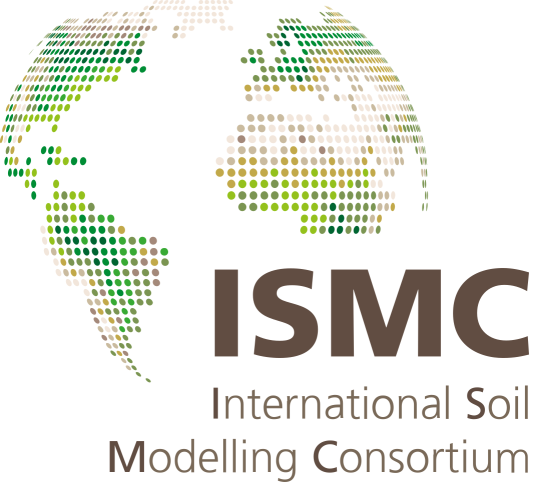The extended transfer function model for the simulation of pesticides transport along the unsaturated zone
- 1Institute for Mediterranean Agricultural and Forestry Systems (ISAFOM), National Research Council (CNR), Portici, NA, Italy (marialaura.bancheri@isafom.cnr.it, annachiara.colombi@gmail.com, angelo.basile@cnr.it)
- 2School of Agricultural, Forestry, Food and Environmental Sciences (SAFE), Hydraulics Division, University of Basilicata, Potenza, Italy (antonio.coppola@unibas.it)
The scope of this work is to present the extended transfer function model (TFM-ext) that allows to simulate the spatio-temporal distribution of nonpoint-source pollutants, e.g., pesticides, along the unsaturated zone, till the groundwater table depth.
The model is based on the transfer functions approach, i.e., on the travel time probability density functions (TT pdfs), which describe the leaching behavior in a given soil profile. The strength of the model, despite the important assumptions on time-invariant TT pdfs and steady-state input fluxes, is that it derives the TT pdfs from a physical quantity, i.e., the unsaturated hydraulic conductivity function k(θ). Moreover, the model extends the transport process to the generic depth z, where information on hydraulic properties could not be available, assuming a lognormal travel time pdf, whose parameters are scaled according to the generalized transfer function model. In the case of reactive solutes, the model considers both the mass decay and the retardation factor.
The TFM-ext was validated in Valle Telesina, a hilly area of around 200 km2 in Italy. Forty-six soil profiles, completely characterized from the hydrological point of view, were used to evaluate the mean travel times and the breakthrough curves at the groundwater depth and then compared with the results of a physically based model, Hydrus 1D. Results gave very high correlation coefficients (above 0.8), a mean absolute error of around 40 days and a percent bias of -16%.
Moreover, a comprehensive sensitivity analysis to evaluate to which parameters the TFM-ext is more sensitive, was performed. Results shown that τ anf θs parameters related to the slope of the k(θ) are those affecting more the travel time.
The model was implemented as an operative tool for the specific groundwater vulnerability assessment within the geospatial Decision Support System developed for LANDSUPPORT H2020 project.
How to cite: Bancheri, M., Coppola, A., Colombi, A., and Basile, A.: The extended transfer function model for the simulation of pesticides transport along the unsaturated zone, 3rd ISMC Conference ─ Advances in Modeling Soil Systems, online, 18–22 May 2021, ISMC2021-22, https://doi.org/10.5194/ismc2021-22, 2021.

